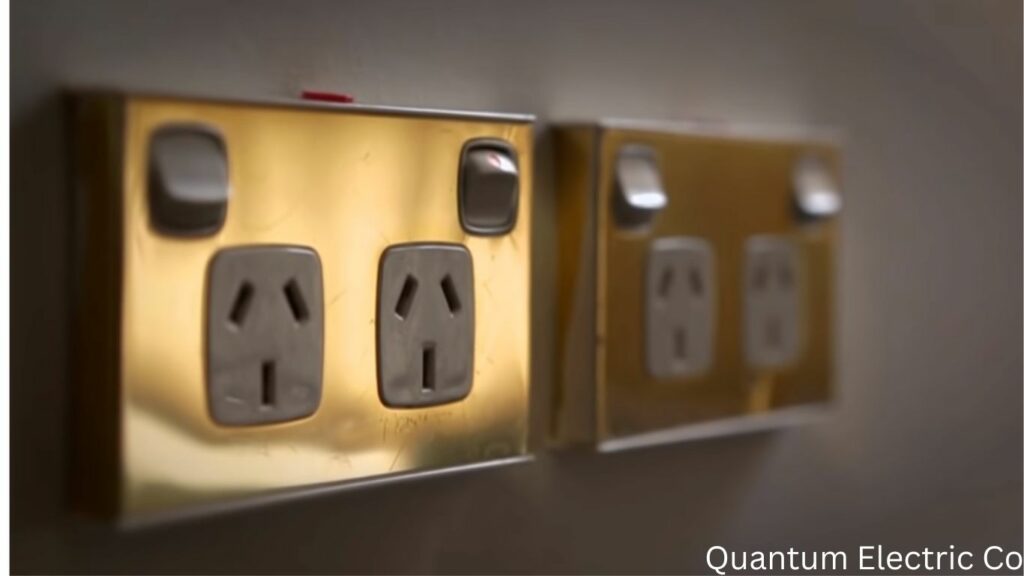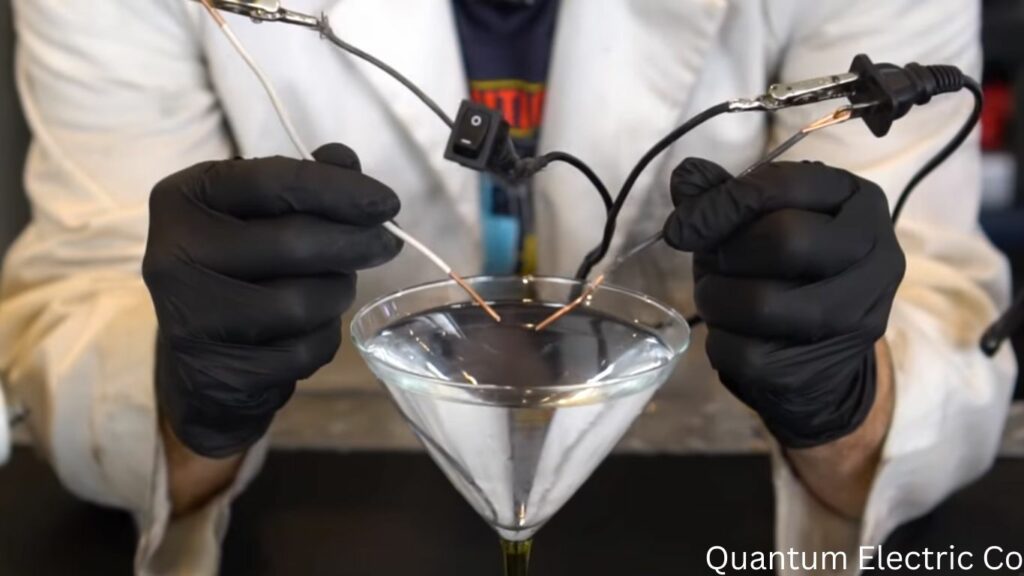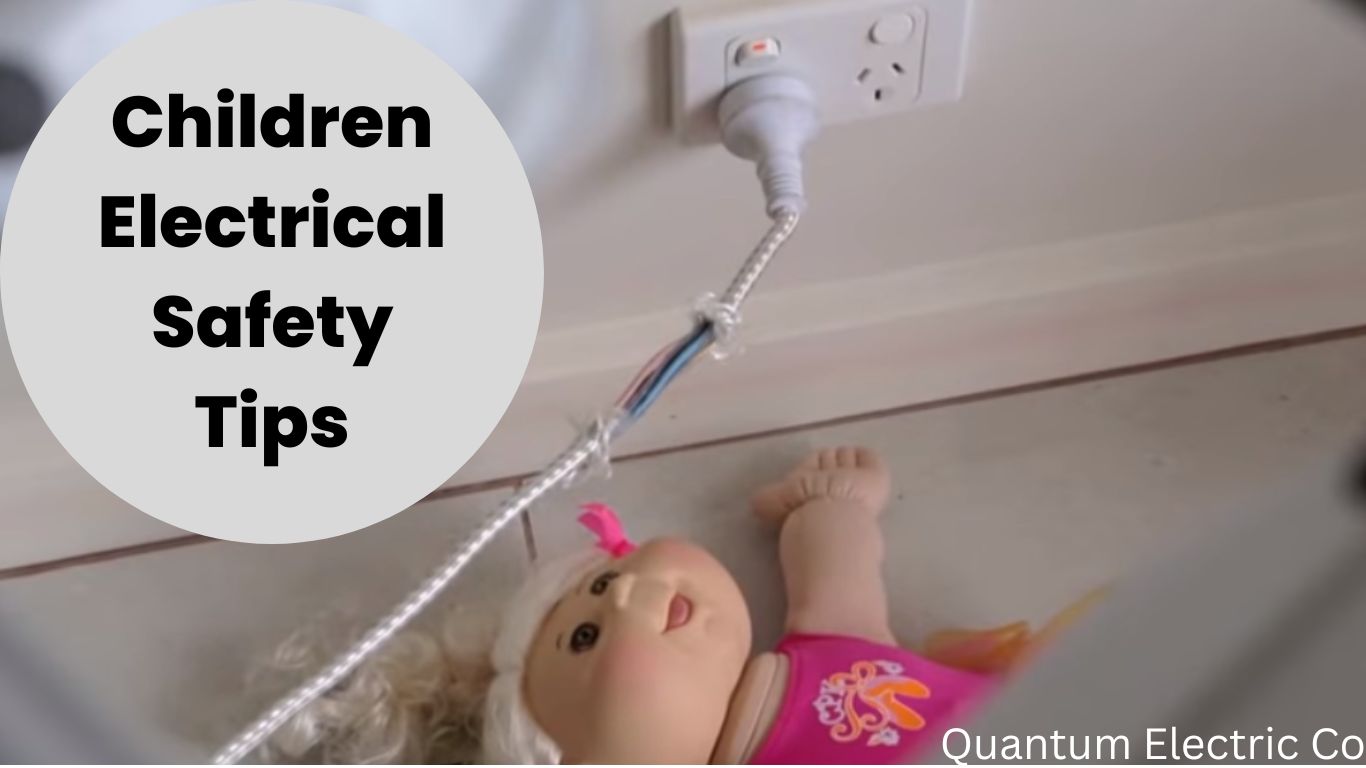Children are naturally curious, which means that we need to pay attention when they come into contact with electricity. Power sockets and plugs can be dangerous if not protected by safety measures—especially in the case of small children who might put their hands near an open socket or pull on a cord too hard while playing around online. This is why it’s important for parents and caregivers alike to have these tips on hand!
The Socket Base, Key in Electrical Safety
The socket outlet is one of the elements that must be paid more attention to since it is about voltage distributors with which the electrical devices of the home are connected . Safety switches should be used in kitchens, bathrooms, garages, and anywhere in the home where electrical devices could come into contact with water.
The same happens if you have equipment such as swimming pools, Jacuzzis, power tools, or garden equipment (lawnmower, brushcutter, etc.). The user is not exposed to danger when using the safety socket outlets thanks to their insulating plastic design, despite the fact that the internal active part is metallic. According to the ICT installation regulations, all new homes should already incorporate bases with child protection without exception.

Plug with Cover
The cover ensures that your child doesn’t accidentally touch the plug socket, which could result in an electrical shock. It also acts as a layer between them and any harsh environments they may be exposed to, like kitchens or bathrooms, where there is more risk of exposure than other places in our home with fewer potential hazards present, such as bedroom furniture near window sills .
A great way you can tell if this would work well before investing money in purchasing new appliances (like wall clocks)
Risk with Water and Electricity
The best way to keep your kids safe when they’re around water and electricity is by following these guidelines. Never leave electrical appliances or power strips plugged in near a wet surface, like swimming pools, for example! Make sure you also take precautions such as grounding sheets (and pillows) made of anything that could conduct current so it doesn’t cause an accident with any shocking consequences.
Electrical appliances are often installed in areas that contain water, but this is a bad habit to have. If you happen upon an appliance that has fallen into the sink or bathtub while it’s still plugged-in, then don’t attempt removal because doing so could cause further damage! Other tips for safety include drying hands before using any electrical outlet and keeping cords away from children who might accidentally stick themselves with one of these sharp objects.

What Defines a Secure Facility?
When installing child safety features, we know that they can reduce the probability of accidents to a minimum. This is because it gives you peace of mind knowing your kids are safe from potential harm when in their bedroom or playroom area. This also goes for adults who might happen upon one if they were working onsite!
The distribution of electricity in a home is not always straightforward. There are phases for lighting, heating, and kitchen appliances, to name just three areas that require different circuits; but each circuit must also have its own magneto-thermal switch (sometimes referred to as MTS), which protects against overheating or shorting out when there’s an issue with installation—this ensures your family stays safe!
Final Thought
As a parent, it is important to be aware of the potential dangers that exist in and around your home. By taking some simple precautions and teaching your children about electrical safety, you can help keep them safe from harm. We hope that these tips have been helpful in keeping your family safe.

